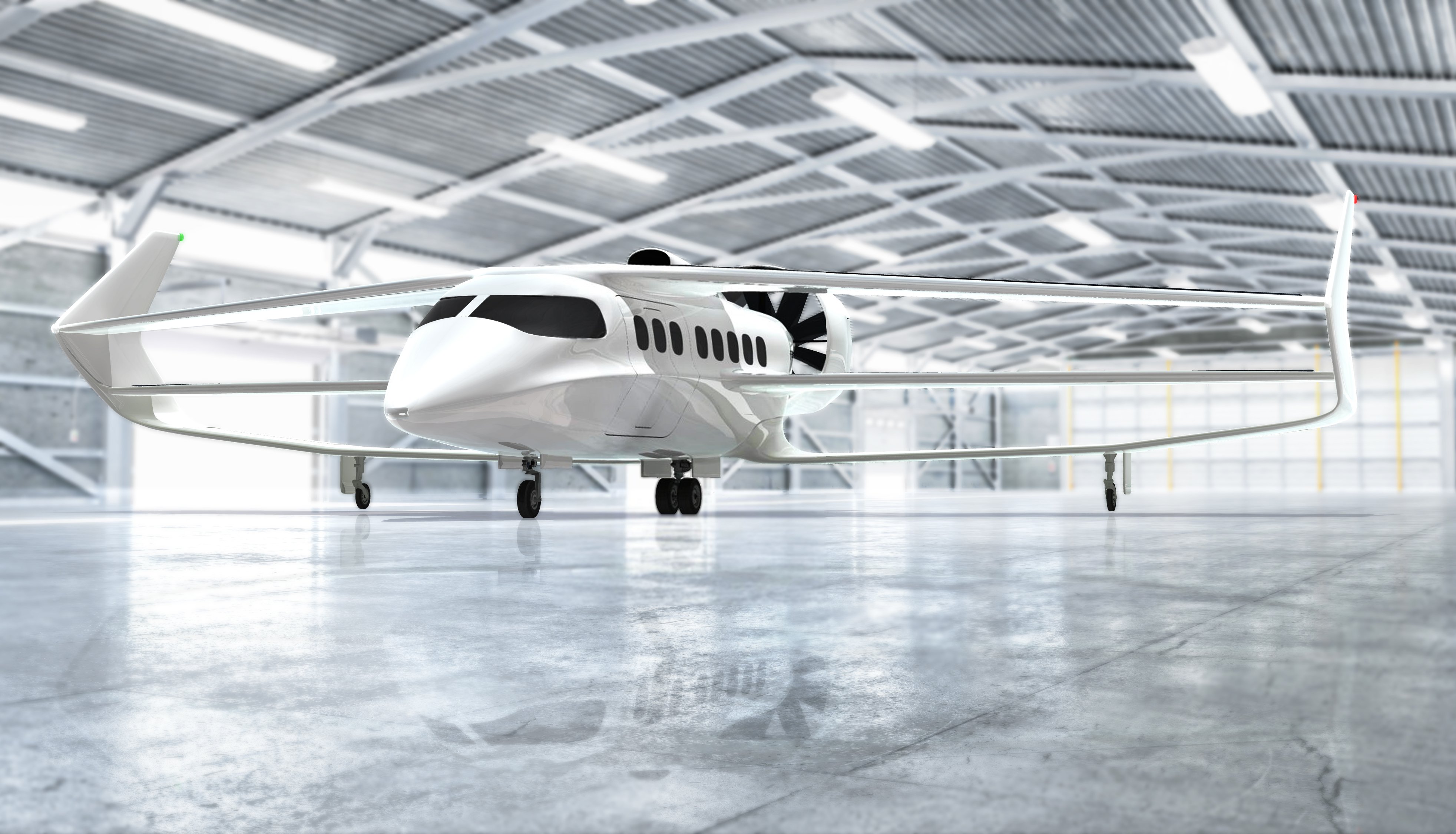Click Here to View This Page on Production Frontend
Click Here to Export Node Content
Click Here to View Printer-Friendly Version (Raw Backend)
Note: front-end display has links to styled print versions.
Content Node ID: 418821
Faradair, the UK company developing a hybrid-electric short takeoff and landing aircraft for applications including regional airline service, has announced four new risk-sharing partners. Honeywell, MagniX, Cambridge Consultants, and Nova Systems, have all signed up to contribute to the development of the Bio Electric Hybrid Aircraft (BEHA), which is expected to enter service in 2026.
Honeywell will support Faradair in producing a turbogenerator based on its gas turbine and generator technologies that is able to run on sustainable aviation fuel. The U.S. aerospace group will also contribute to other systems for BEHA, including avionics and flight controls.
MagniX will contribute a pair of its Magni500 electric motors and the supporting MagniDrive control system. The U.S. company is actively involved in several other electric aircraft programs, including plans to convert existing Cessna Caravan and de Havilland Beaver piston models, as well as new designs, such as Eviation’s all-electric Alice fixed-wing model.
Research and development group Cambridge Consultants, which is based close to Faradair’s new headquarters at Duxford airfield in eastern England, will support the program with expertise in hybrid propulsion architecture to determine the best way to integrate the turbine with the electric motors. Nova Systems, which is also based in the UK, will assist the Faradair team through the early stages of prototype development and will also contribute to the certification process for the BEHA family of aircraft.
“We are honored to announce a collaboration with these leading organizations,” commented Faradair founder and managing director Neil Cloughley. “Their input will enable us to deliver the BEHA prototype by 2024 and subsequent Part 23 certification for operational trials from 2026. Gaining such support validates our business model and capability of the BEHA.”
The start-up’s plans call for the BEHA to later be converted to all-electric propulsion by replacing the generator under a supplemental type certificate. It anticipates building three variants: an initial hybrid-electric model called the M1H, a pilotless M1AT model to be operated autonomously for military roles, and the all-electric E1 expected to be available by 2030. It expects to begin flight testing a full-scale prototype in 2024.
The aircraft is similar in size to the former British Aerospace Jetstream 31 twin turboprop regional airliner, with a wingspan of 55 feet. The preliminary design shows a rear ducted fan and a “triple box” wing consisting of three beams joined together in winglets.
The aircraft is being designed to carry 18 passengers or 5 tonnes of freight on flights of up to around 1,150 miles. It would fly to a service ceiling of around 14,000 feet and operate at speeds of up to 230 mph.
Faradair’s business plan calls for it to build a portfolio of 300 BEHA aircraft that it will own and operate itself. Around 75 of these would be for passenger and cargo operations, with the ability to quickly change the cabin configuration. A further 50 aircraft would be used for freight-only services and 150 for fire-fighting operations. The company would offer the final batch of 25 aircraft for non-civilian government roles, including logistics, border and fisheries patrol, and drug interdiction.
Cloughley told FutureFlight that the company will essentially act as a service provider, following a similar model to SpaceX with its commercial rocket launches. "The BEHA is effectively our Falcon9 heavy and we will operate many of the routes ourselves, with a very select group of operators taking on the aircraft under dry leases," he explained. "The 300 aircraft portfolio will be deployed across the world to prove the viability of the regional air mobility business model, from which we will then grow and expand the portfolio in a manner that many of us within the company are extremely experienced at."
According to Faradair, it is in advanced talks with prospective investors and aircraft finance organizations to put funding in place for its development timeline. The company is expanding its executive and engineering teams and said it plans to make further announcements early in 2021.
